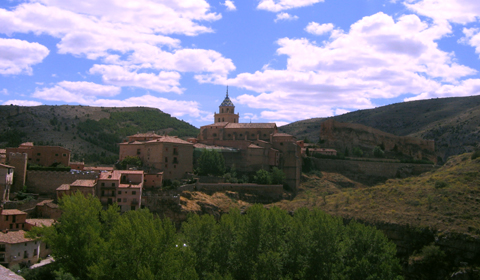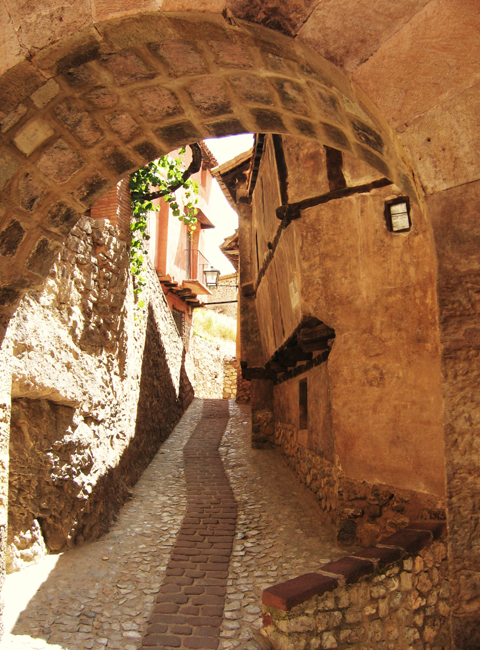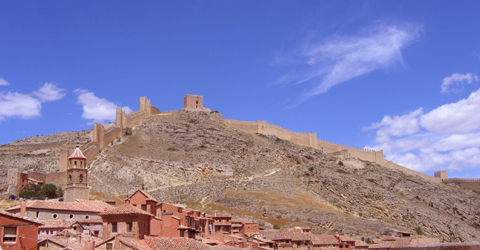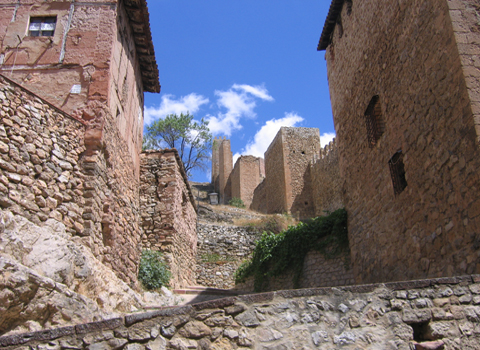
This beautiful town in the province of Teruel is classified as one of the most beautiful towns in Spain and proposed to be declared a World Heritage Site for its great historical and aesthetic value.
Its many monuments, as well as the layout of its streets adapted to a complicated topography of the land, give it the charm of medieval cities. Every corner of Albarracín is a tribute to the passing of time.
History
The first signs of human groups date from the Iron Age . Specifically, the city was inhabited by the Celtic tribe of the Lobetans , whose legacy was reflected in the cave paintings found in the Pinar del Rodeno . Later, the Lovetum of the Romans , became Santa María de Oriente for the Visigoths . Its current name is due to the Berber family Al-Banu-Razin , who established the Taifa kingdom in the town. The conquest and the political events that occurred in Albarracín in the coming centuries, changed the defensive structure of the city, endowing it with an important defensive fortress.

Monuments
– Town Hall: A 16th century building with wooden balconies and a corridor over the river. It is located in the Plaza del Ayuntamiento.
– Cathedral of the Savior: Built in the 16th century, it is a building with a single nave and side chapels, inside which is a beautiful collection of tapestries on the life of Gideon (the fifth of the judges of the Jewish people who ruled the people of Israel).
– Episcopal Palace: Located next to the cathedral, it stands out for its baroque façade.

– Walls: Christian work, built in the fourteenth century.
– Castle: Located in the old town, it was the former fortress of the Banu-Razin family in the 11th century and, currently, only the walled enclosure is preserved.

– Torre del Andador: Muslim style (X-XI centuries)
– Torre de doña Blanca: Symmetrical to the previous one and located at one end of the wall.
– Casa de la Julianeta: Built in the popular style, it is located in the Portal de Molina.
